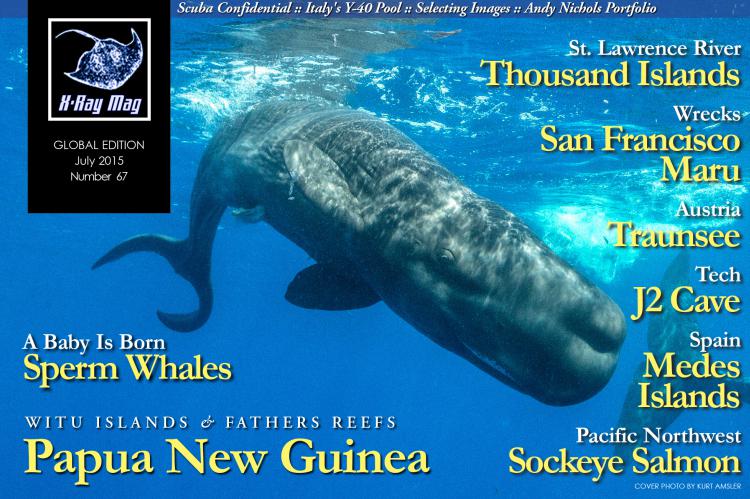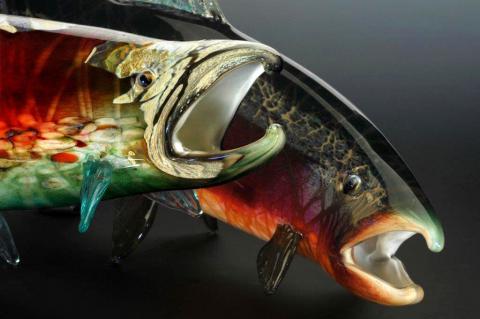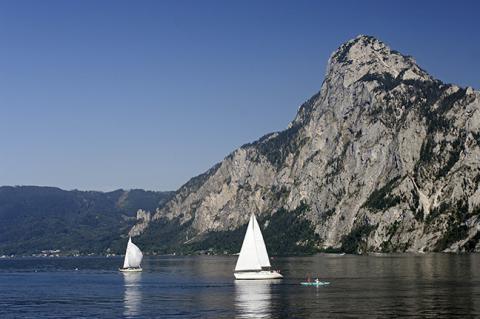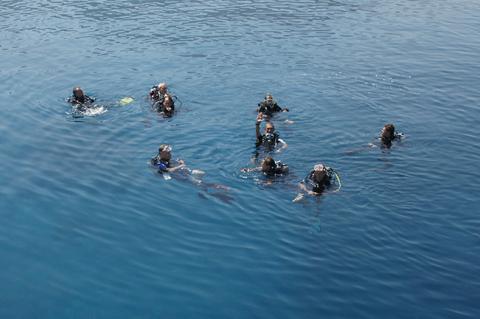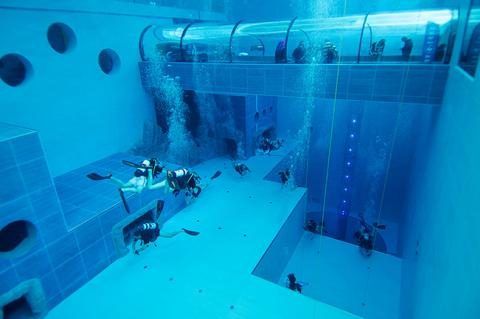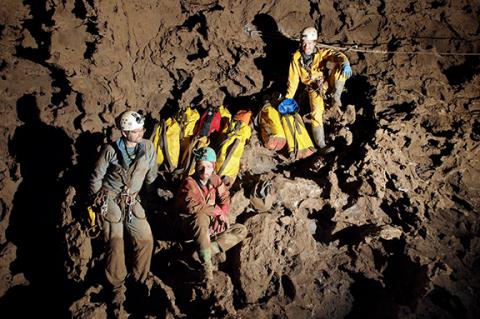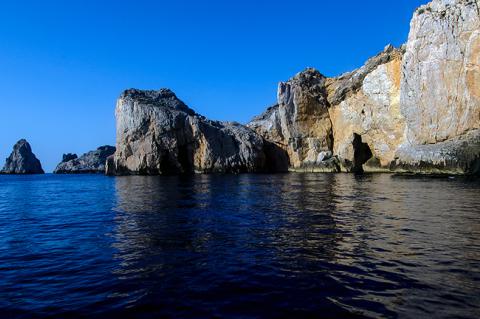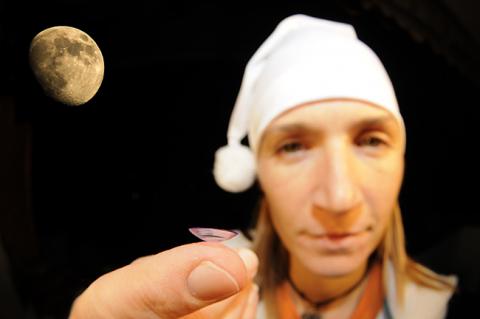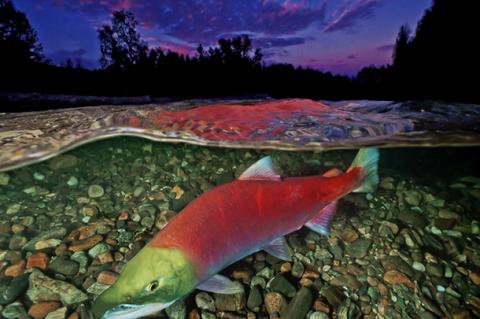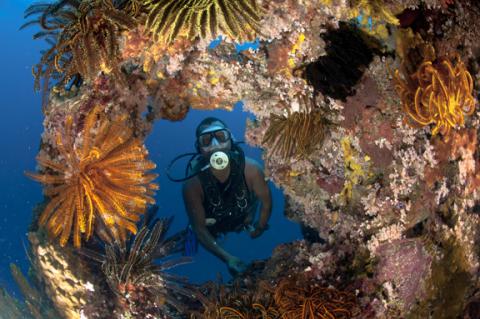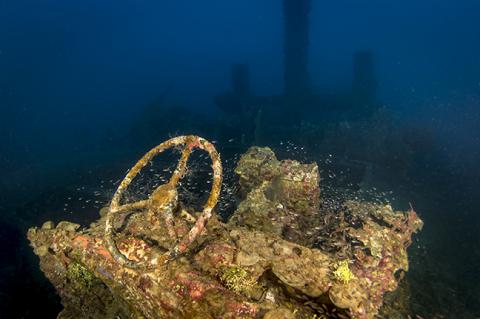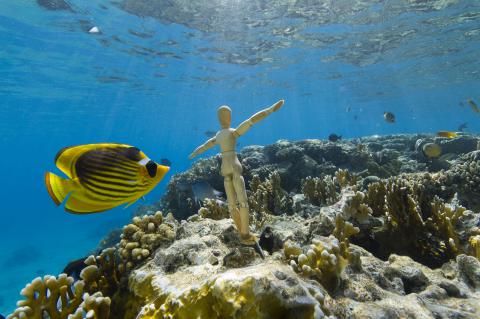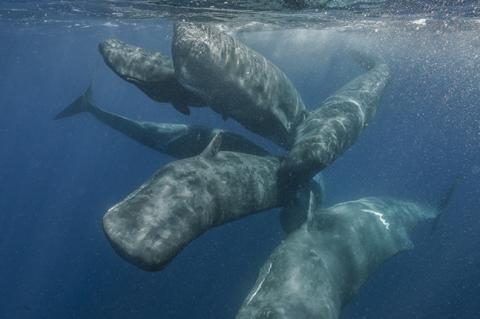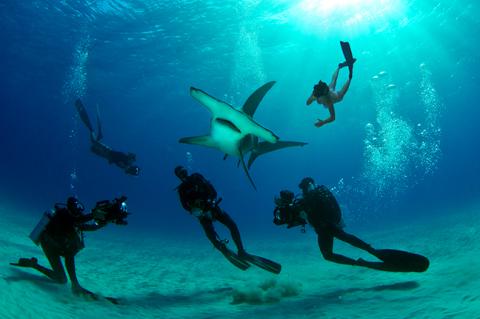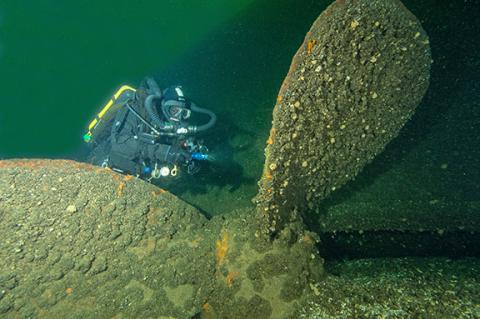X-Ray Mag #67
Diving Papua New Guinea's Witu Islands & Fathers Reefs; Medes Islands of Spain's Costa Brava; Austria's Traunsee; Thousand Islands of St. Lawrence River; Azore's sperm whales; Pacific Northwest sockeye salmon; Hammerhead sharks; San Francisco Maru wreck; Italy's Y-40 pool; Scuba Confidential on not always copying the pros; Mexico's J2 Cave; Selecting images; Night lenses; Andy Nichols portfolio; Plus news and discoveries, equipment and training news, books and media, underwater photo and video equipment, shark tales, whale tales and much more...
Main features in this issue include:
Andy Nichols Portfolio
American artist Andy Nichols creates vibrant sculptures of migrating salmon, fish and coral reefs in blown glass. After 20 years in the restaurant business, he opened his own glass studio in the Dalles, Oregon, where he continues to develop his own unique, signature style.
"It’s a lifetime journey. I’ll understand them someday, maybe, but if I can capture the shape of a salmon’s mouth or the wiggle of the fish, it gets me excited, because I feel like I’ve captured a little bit of the essence of their world."
— Andy Nichols
Austria's Traunsee: Mountain Lake Diving
While Traunsee is mostly known for its endless sloping rock faces, the deepest lake in Austria has much more to offer. Caves, archways, wrecks and fish-rich shallow waters make it an all-rounder as Wolfgang Pölzer explains in this introduction to one of his favorite haunts.
If ever there was a dive location worth mentioning, with a house reef in a lake far from the ocean, it would be the one found in Austria’s Salzkammergut region—more precisely, in the picturesque town of Traunkirchen, on the west shore of Traunsee (Lake Traun).
Don't Always Copy the Pros
Scuba instructors and divemasters may be heroic, caring people but they don’t always make perfect role models!
Your first dive instructor is a golden god of the sea! He or she has the answers to all the questions, sees everything that goes on, is always around to offer help when you need it, and, most impressive of all, can move around underwater effortlessly like a fish while you flail around awkwardly.
Italy's Super Y-40: A Record-Setting Pool
It took only a year to transform the idea of a super pool—40 meters deep—from concept to blueprint and alluring 3D renditions, before it opened its doors to the public in June 2014.
The pool sits within the complex of the four-star Hotel Terme Millepini in Abano-Montegrotto Terme, Padua, Italy, where it is fed by the same unique thermal water that also feeds the resort’s swimming pools and spas.
J2 Cave Expedition
1,000 hours under the earth. This is the tale of the expedition, led by deep cave explorer Bill Stone, to J2 Cave, located in the Sierra Juárez Mountains of northeastern Oaxaca, México, as told by team member and lead diver, Phil Short.
Medas Islands
At a glance, the Medes Islands doesn’t look like much—some 50 odd acres of craggy outcrops sitting close to shore, just opposite the small fishing village and resort town of L’Estartit, along the Spanish coast of Costa Brava. Little, if anything, gives away the fact that it is a marine national park boasting some of the most renowned diving in the Mediterranean.
It is commonly heard among European divers that they only care about venturing to the tropics because they believe there is so little to see in the Mediterranen.
Night Lenses
Divers who need to use contact lenses, or masks with corrective lenses, and do not want to undergo laser surgery may consider a fourth but lesser known option in the form of so-called night lenses. Wolfgang Pölzer shares his experience.
Contact lenses can be displaced, or even lost, if a diver has to remove a mask underwater or hand it up to someone on the dive boat or RIB in order to get back on board after a dive. Masks with corrective lenses can be lost this way.
Pacific Northwest: Sockeye Salmon
We walked nearly a mile along the riverbank before finding a place where we could easily enter with our heavy equipment. The rotting carcasses of dead fish lay along the banks, and the associated stench was overpowering. It was late September 2010, and we had come to photograph an enormous migration of sockeye salmon, the largest run of sockeye in a century.
— Sockeye Salmon “vignette” from Beneath Cold Seas: The Underwater Wilderness of the Pacific Northwest by David Hall
Papua New Guinea: Witu Islands & Fathers Reefs
When it comes to superlatives, diving and Papua New Guinea certainly go hand in hand. Sharing the world’s second largest island with Indonesian West Papua, the island nation is positioned at the easternmost extremity of the Pacific’s famed Coral Triangle—an undersea Eden boasting an unrivalled diversity of life.
Anchored off the east coast in the Bismarck Archipelago, New Britain is home to some of the country’s finest diving. At more than 500km in length, the country’s largest island is home to world-famous Kimbe Bay.
San Francisco Maru Wreck of Chuuk Lagoon
Truk Lagoon (now known as Chuuk) plays host to what is usually considered the world’s best wreck diving. World War II ships, planes, tanks, trucks, and military artifacts abound at recreational dive limits in Micronesia’s calm, warm waters. The abundant marine life has transformed the former war vessels into stunningly beautiful artificial reefs.
With so many interesting wrecks, it can be hard to choose a favorite. But ask any wreck diver who has been to Chuuk and most likely they will tell you their favorite is the San Francisco Maru.
Selecting Images
The more photos we shoot, the more we also have to sift through the numerous images, and the more challenging it becomes to pick out a selection that represents a specific location or subject matter well. Which ones to keep and process and which ones to bin is the question. Rico Besserdich gives you some pointers.
Opportunities are there to be seized. For most divers who do not have the opportunity to dive every day but go on just a few trips every year, it is about making the most of it when you have the chance. And on a typical dive trip, there are only so many opportunities to capture great images.
Sperm Whales: A Baby Is Born
— Faial Island, Azores, September 2014. For five days, we have cruised the islands of Faial and Pico in the Azores. Nine hours on the small boat is tiresome and long, but necessary for close encounters with the giant sperm whales of the Atlantic.
In terms of passion and endurance, sperm whale photography poses some of the greatest challenges to the underwater photographer, both technically and physically.
The Great Hammerhead Shark
First described in 1837 by the German naturalist Eduard Rüppell, the great hammerhead shark (Sphyrna mokarran) is the largest of the hammerhead shark family and can reach a length of over 6m (20ft), although some specimens have been seen to be much larger than this. However, with overfishing, the great hammerhead is usually observed to be much smaller than this.
The curious shape of the hammerhead shark has aroused much speculation over the years and it is now widely recognized that the shape of the wide hammerhead shape (called the cephalofoil), has adapted over the millions of years to be aid-specific to their main prey—stingrays, eagle rays and other
Thousand Islands Wrecks of St. Lawrence River
Within a day’s drive from New York City is a wreck junkie heaven, with numerous shipwrecks to explore along the St. Lawrence River on the US-Canadian border, in the area called the Thousand Islands. Larry Cohen and Olga Torrey give a sampling of the wrecks in the region popular with both the American and Canadian diving communities.
New York, New York—the city so nice they named it twice. There are so many activities in New York City, but scuba diving? No dive boats leave from Manhattan, but with three dive clubs and many dive stores, New York has a large diving community.


